Comfrey, Russian Root Crown Cutting (Bocking 14 Cultivar), organic
$5.00 – $340.90
PLANTING TIME: The 2 best times to plant comfrey are: spring and fall. As soon as the soil can be worked in the spring, the roots may be planted. This works out to March to April for the warmer zones 7 to 9 and May to June for the colder zones 3 to 6. Alternatively, the roots may be planted in the fall, at least 6 weeks before first frost.
PLEASE NOTE: Russian comfrey root crown cuttings are shipped year ’round. When you order them, you can expect to receive your roots via us mail about 2 weeks from the order date. If you require a different shipping window, please let us know by using the “order comments” field at checkout. If you receive the roots and planting must be delayed, you can refrigerate in the same packaging you received them in, for up to 2 weeks. If the root begins to sprout, cut off the sprouts before planting. When planted in the garden or in a large pot by completely covering the root crown cutting with soil, these will grow for anyone, any time.
Family: Borage (Boraginacea)
Hardy in Zones 4 to 8
Herbaceous perennial flowering to 3 feet, a hybrid of Russian Symphytum asperum and European Symphytum officinalis. Bocking 14 cultivar of Russian Comfrey (Symphytum x uplandicum). Sterile hybrid does not make seeds.
Uses: Comfrey is commonly used in permaculture as a companion plant to fruit trees. In the nursery, we have great results making the fresh leaves into biodynamic tea, which we apply to our plants in a pot to increase vitality, growth, and to green up all those leaves! Excellent ingredient for compost piles–fresh leaves compost fast and make a nitrogen-rich compost! Fresh, rubbed leaves fed to ruminants, pigs and chickens to increase health and as a protein-rich nutrient dense feed. Traditional usage of fresh or dried leaves or roots (TWM): used externally to speed healing. Source of cell-proliferating molecule alantoin.
What is a root crown cutting? A chunk of the crown of the plant (the blocky part above the taproots), often with a piece of the taproot attached. Size is variable. We give generous cuttings, from 2 to 6 inches long, generally as big around as your thumb, often larger, sometimes smaller–a mix. These are the SAME CUTTINGS that we use for replanting our own fields, and horticulturally speaking, this is the best size and shape to replant in order to get fast results. This is NOT just a piece of the taproot, which generally takes longer to grow to a full sized plant than the more desirable crown cutting.
How to plant: Space the plants at least 2 feet apart. Comfrey prefers rich soil of medium moisture in the sun to part shade. It is a heavy feeder and will reach monumental size if given composted manure under the cutting at transplant and/or around the crown of the plant during the growth cycle. To plant the cutting, prepare a weed-free area of 1 foot square, fertilize the spot with compost, then bury the cutting in the center of that spot, completely covering the cutting with soil to the depth of 1 or 2 inches. Do not leave the cutting exposed–let it sprout spontaneously up through the soil. This will take about 2 weeks–you will see the bright green leaves emerging.
How to care for comfrey plants: Keep the planting reasonably well watered. It works very nicely to mulch the plant with straw, other high-carbon mulch, or even its own leaves, cut from the plant and laid back down around the crown. This is the standard way to take care of comfrey–when it finishes flowering and starts to keel over, cut it down and use the leaves for any of the multitude of applications comfrey leaves are good for, or simply lay the leaves back down on the crown of the plant and let it grow back through its own mulch. In the temperate zone, this cycle usually occurs 2 or three times per summer. The only way to get rid of comfrey is to stop watering it and let the plant dry out, or to drown the plant in water. Otherwise, the plant will stay put where you plant it, unless you dig through it or rototill or plow the area, in which case new plants will come up from root fragments wherever they are deposited. Many people plant comfrey in the orchard, as it brings up minerals from deep within the earth that are good for fruit trees, and because it nourishes the trees with its fallen and composted leaves. The above directions are suitable for comfrey culture in orchards, and traditionally at least one plant is planted per tree. You can mow over the plants if necessary–they will re-emerge.
For more information on use of comfrey in the home garden and for use of comfrey in herbal medicine, including appropriate directions for safe usage in home health care, please read “Growing Plant Medicine” and “Making Plant Medicine.”
Root Crown Cutting, certified organically grown

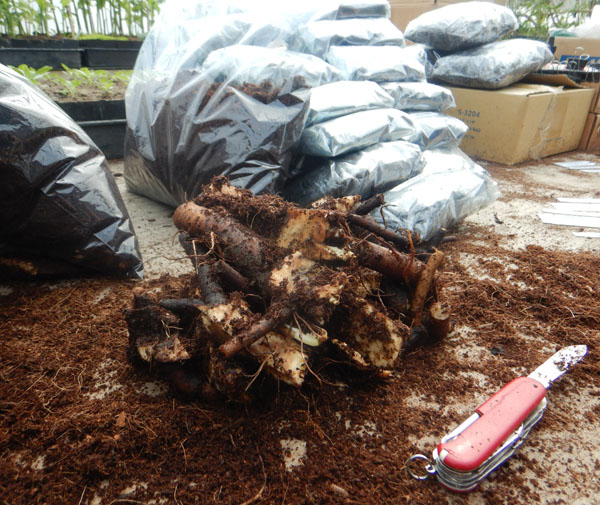
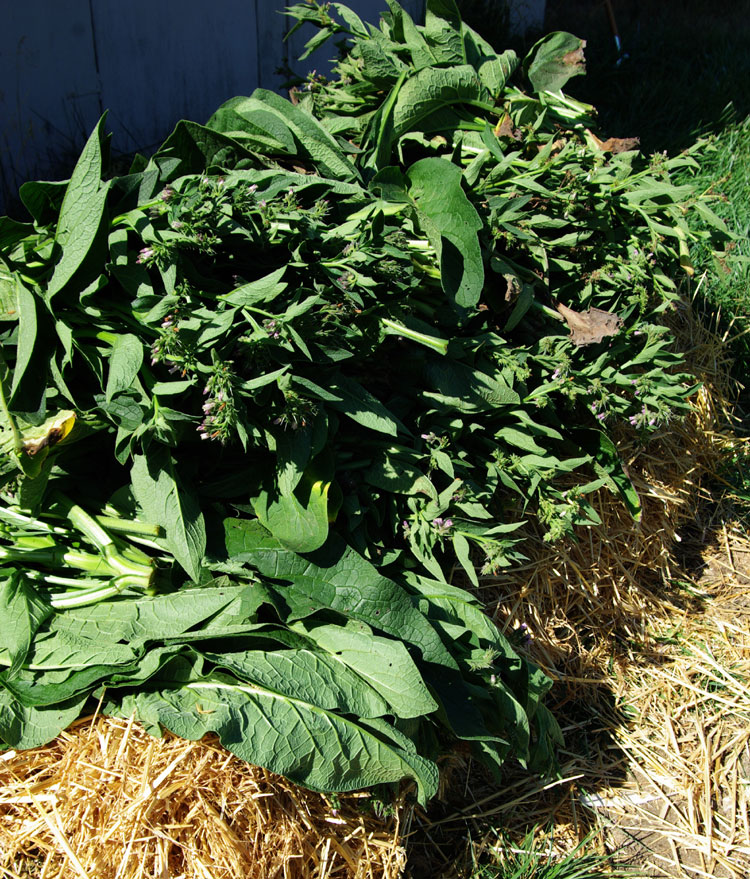
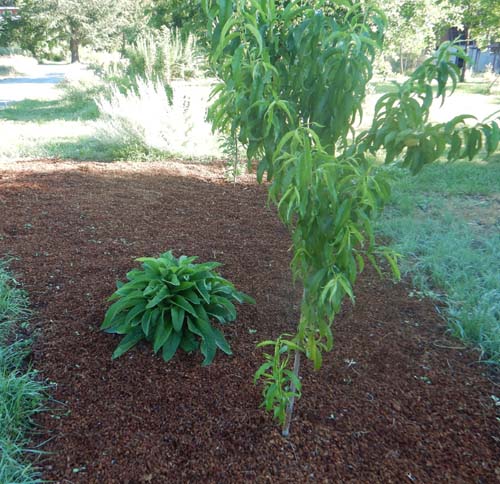
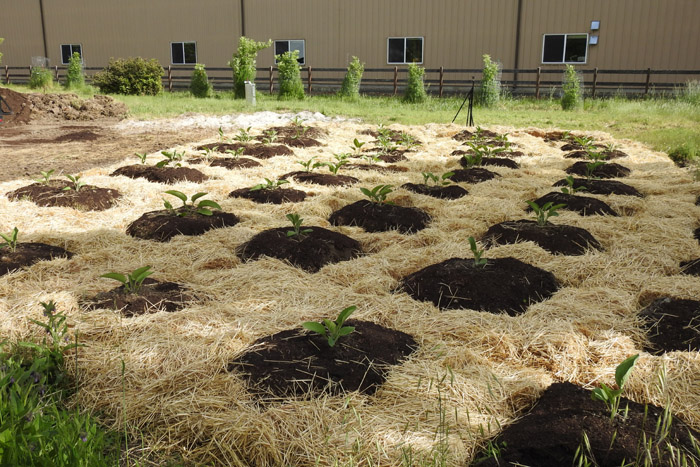
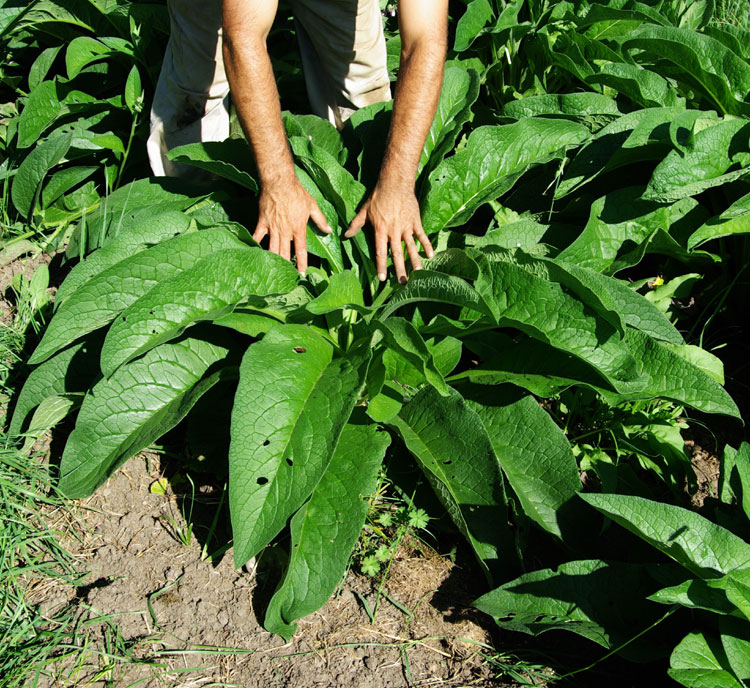
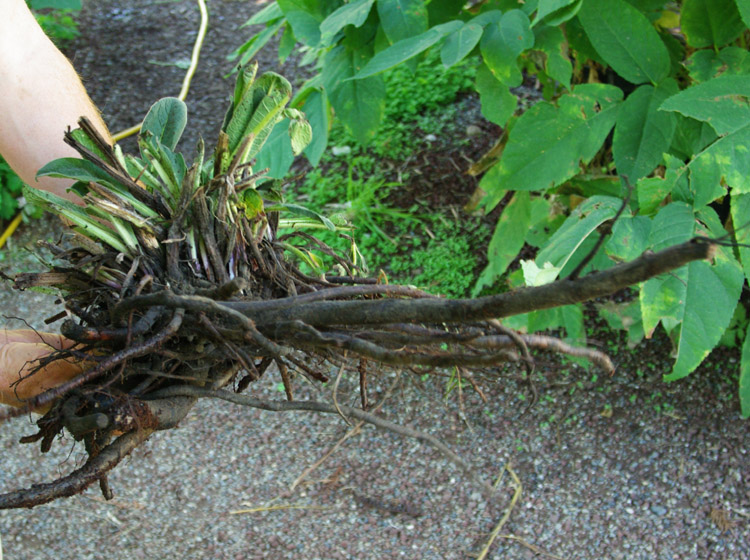
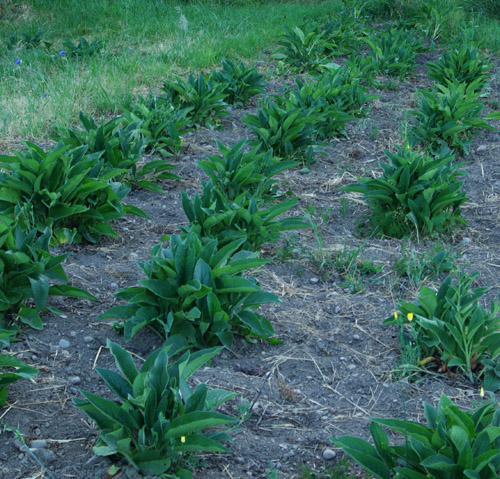
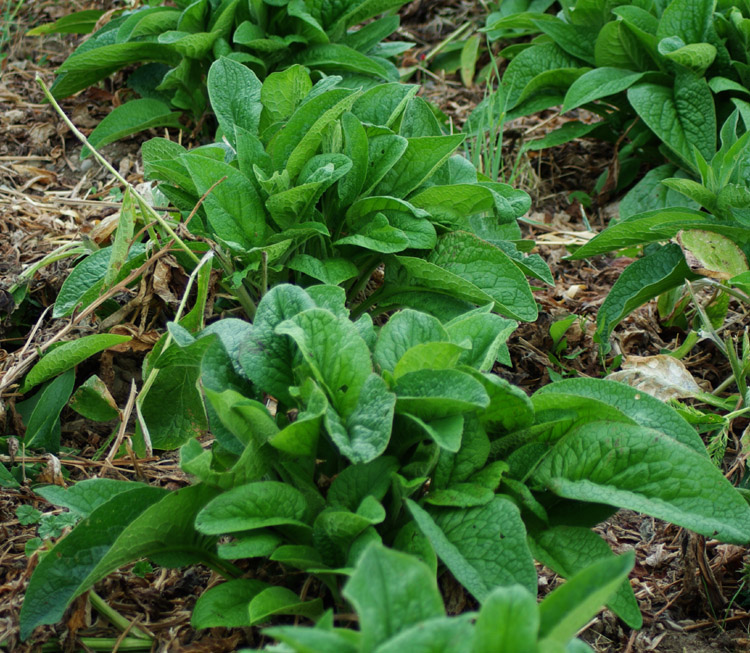
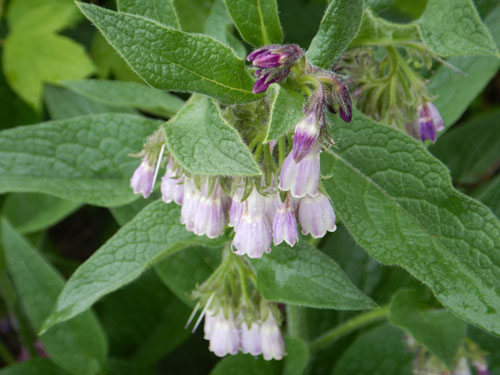
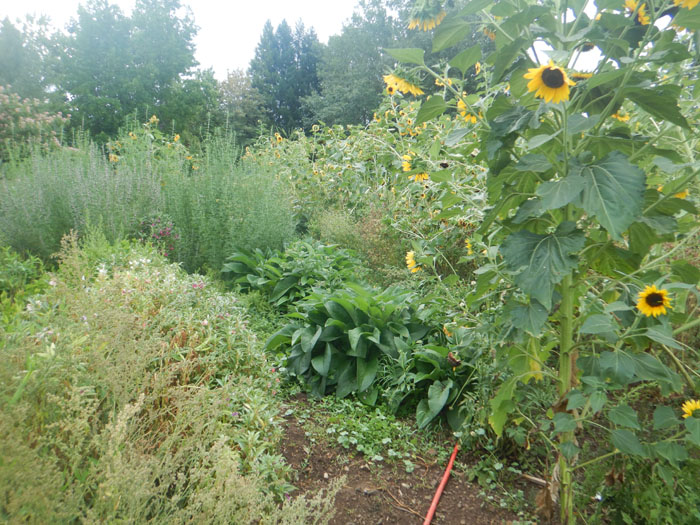
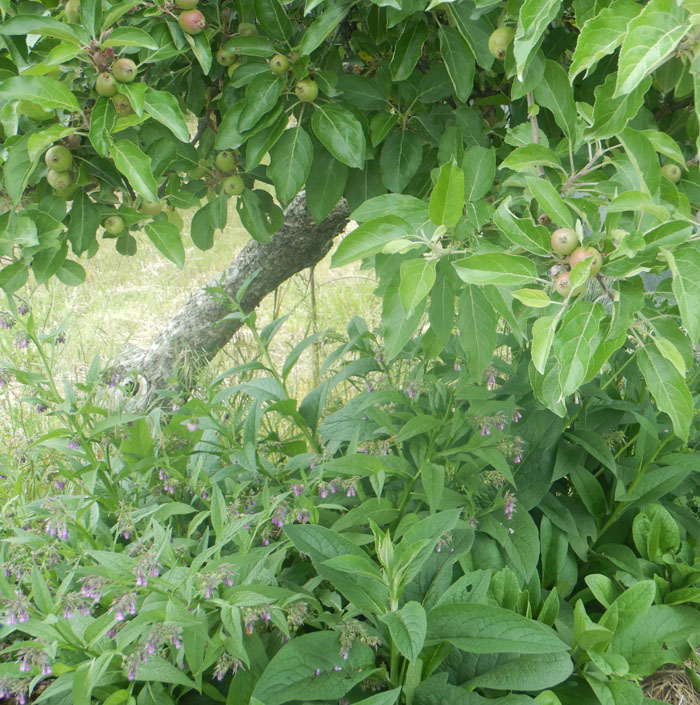
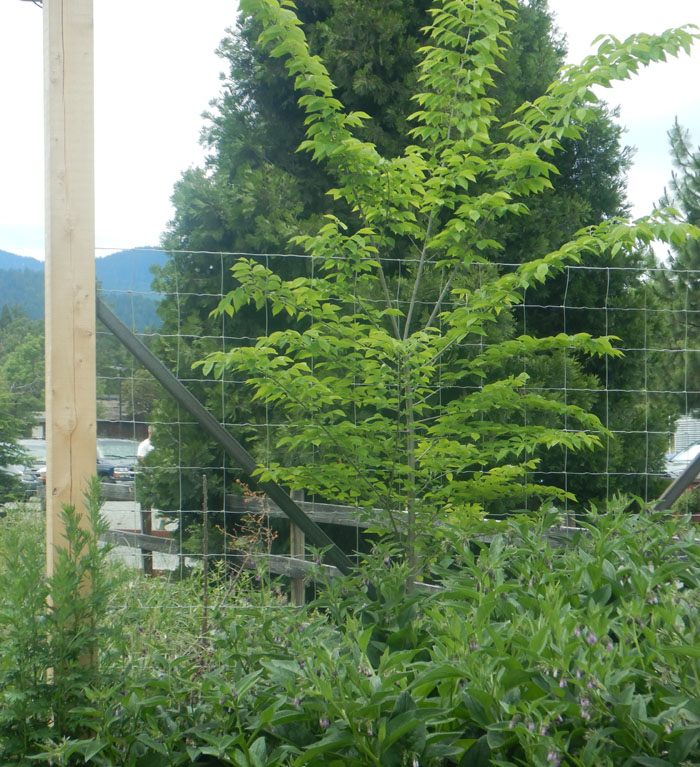



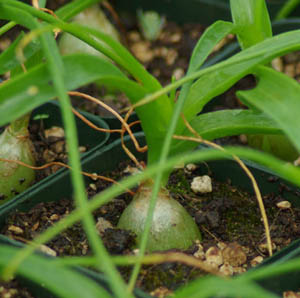
0 reviews with a 4-star rating
There are no reviews with a 4-star rating yet